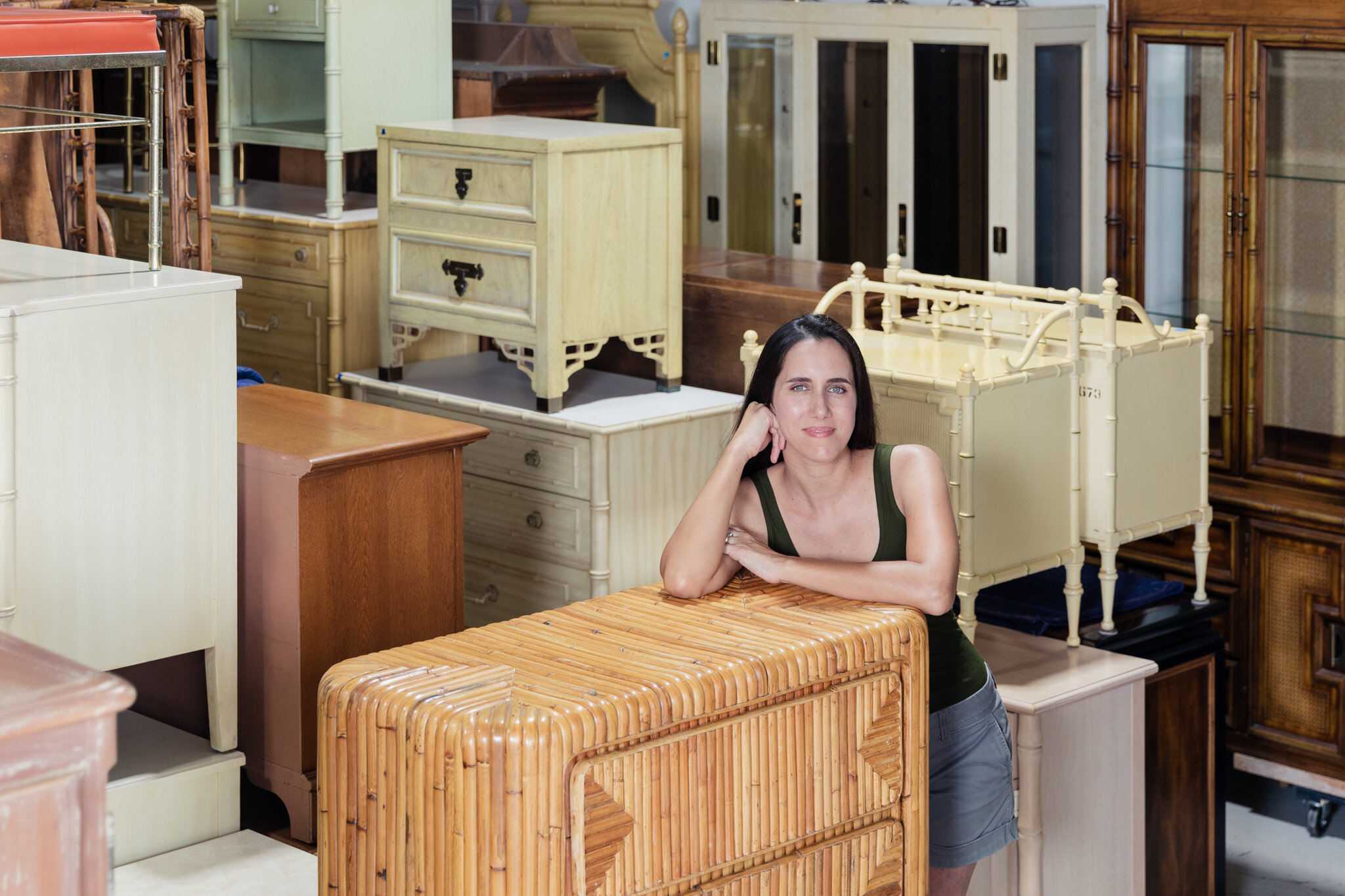

Articles
How To Make Money Flipping Furniture
Modified: January 6, 2024
Learn the secrets of making money by flipping furniture. Discover proven tips and strategies to turn furniture into profit.
(Many of the links in this article redirect to a specific reviewed product. Your purchase of these products through affiliate links helps to generate commission for Storables.com, at no extra cost. Learn more)
Introduction
Welcome to the exciting world of flipping furniture – a profitable venture that combines creativity, craftsmanship, and business acumen. If you have a passion for interior design, a knack for finding hidden treasures, and a desire to make money, then flipping furniture might be the perfect venture for you.
Flipping furniture involves the buying, refurbishment, and reselling of pre-owned pieces to turn a profit. It offers the opportunity to showcase your creativity and breathe new life into outdated or worn-out furniture. Additionally, it allows you to contribute to sustainable practices by giving old furniture a second chance rather than contributing to waste.
In this article, we will guide you through the process of flipping furniture, from finding hidden gems to selling the final product. We will outline the key steps and provide helpful tips to ensure your success in this profitable enterprise.
However, before we dive into the details, it’s important to note that flipping furniture is not just about slapping a fresh coat of paint on an old piece and trying to sell it. It requires careful planning, attention to detail, and an understanding of market trends.
Are you ready to embark on this exciting journey of transforming old furniture into desirable pieces that customers will be willing to pay top dollar for? Let’s get started!
Key Takeaways:
- Flipping furniture is a creative and profitable venture that requires careful sourcing, thorough assessment, and strategic marketing. Embrace your unique style, prioritize quality, and continuously innovate to succeed in this exciting industry.
- Successful furniture flipping hinges on meticulous preparation, effective pricing, and engaging marketing. Build a strong network, prioritize customer satisfaction, and stay adaptable to thrive in this rewarding entrepreneurial journey.
Read more: How To Make Money In Construction
Finding Furniture to Flip
The first step in flipping furniture is locating pieces that have the potential for transformation. There are various avenues you can explore to find furniture with great flip potential:
- Garage Sales and Estate Sales: These are treasure troves for finding unique and affordable furniture. Keep an eye out for garage sales in your neighborhood or check online listings for local estate sales. Keep in mind that bargaining is often expected at garage sales, so be prepared to negotiate a fair price.
- Online Marketplaces: Websites like Craigslist, Facebook Marketplace, and OfferUp can be valuable resources for finding furniture to flip. Filter the listings to narrow down your search to the specific furniture you’re interested in. Remember to act promptly as good deals tend to get snatched up quickly.
- Thrift Stores and Flea Markets: These are excellent places to discover hidden gems. Visit thrift stores and flea markets regularly to get a sense of what is available. Don’t be afraid to dig through piles or ask vendors if they have any furniture in the back. Sometimes the best finds are tucked away.
- Word of Mouth: Let friends, family, and acquaintances know that you’re in the business of flipping furniture. They may come across pieces they think you might be interested in and alert you to potential deals.
When searching for furniture to flip, keep in mind the following factors:
- Quality: Look for solidly constructed pieces made from sturdy materials. Avoid furniture that is severely damaged or has manufacturing defects, as they may require extensive repairs.
- Budget: Set a budget for purchasing furniture and stick to it. It’s easy to get carried away when you spot an attractive piece, but remember, your goal is to make a profit, so be selective with your purchases.
- Potential: Evaluate each piece’s potential for transformation. Look beyond its current condition and imagine what it could become with some cleaning, repairs, and a touch of creativity.
By exploring various sourcing avenues and keeping these considerations in mind, you’ll soon have an inventory of furniture ready for the next step: assessing its value.
Assessing the Value of Furniture
Once you have acquired furniture pieces to flip, the next step is to assess their value. Properly evaluating the worth of each piece will help you determine the potential selling price and ensure that you make a profit. Here are some key factors to consider when assessing the value of furniture:
- Condition: Examine the furniture thoroughly for any signs of damage, such as scratches, dents, or loose joints. Keep in mind that minor wear and tear can be easily remedied, but extensive damage may require more time and investment to repair.
- Brand and Maker’s Mark: Research the brand and maker’s mark of the furniture piece, as this can influence its value. Some brands are well-known for their quality craftsmanship and can command higher prices in the resale market.
- Age and Historical Significance: Antique or vintage furniture pieces often have a higher value due to their age and historical significance. Research the era or style of the piece to determine if it holds any historical value, which can increase its desirability and price.
- Materials Used: The type of materials used in the furniture can influence its value. Solid wood pieces are generally more valuable than those made of particleboard or laminate. Look for quality materials and craftsmanship when evaluating a piece’s worth.
- Market Demand: Consider the current market demand for the specific style or type of furniture you are flipping. Look for trends and popular design aesthetics that resonate with potential buyers. Understanding what customers are looking for can help you determine the selling price.
As you assess the value of each furniture piece, keep a record of its original purchase price, any repairs or improvements needed, and your estimate of its potential selling price. This information will be valuable when pricing your flipped furniture later on.
Remember, pricing too high could deter potential buyers, while pricing too low may result in missed opportunities for profit. Finding the right balance is crucial, so take the time to research comparable items and consider the effort and investment you put into each piece.
By carefully evaluating the condition, brand, age, materials, and market demand of your flipped furniture, you will be better equipped to establish competitive prices and maximize your returns.
Preparing and Repairing Furniture
Before you can transform furniture into a desirable piece to sell, it’s important to prepare and repair it properly. Here are some essential steps to follow:
- Clean Thoroughly: Start by cleaning the furniture piece thoroughly. Remove any dust, dirt, or grime using appropriate cleaning products and techniques. Use gentle cleansers for delicate surfaces and avoid harsh chemicals that could damage the furniture.
- Inspect for Damage: Carefully inspect the furniture for any structural or cosmetic damage. Look for loose joints, cracked wood, or missing hardware. Make a list of the repairs needed before proceeding.
- Repair and Reinforce: Repair any damaged or loose components of the furniture. This may involve replacing broken parts, regluing joints, or reinforcing weak areas. Use appropriate tools and techniques to complete the repairs effectively.
- Fill and Sand: If the furniture has scratches, dents, or holes, use wood filler to fill in the damaged areas. After the filler has dried, sand the repaired spots and the entire surface of the furniture to create a smooth finish. This step is crucial for achieving a professional and polished look.
- Replace Upholstery or Refurbish: If the furniture has upholstery, assess its condition. If it’s worn or damaged beyond repair, consider replacing it with new fabric or finding a professional to reupholster it. Alternatively, you can refurbish the upholstery by deep cleaning, stain removal, or adding decorative accents.
- Paint or Refinish: Depending on the desired outcome and style, you may choose to paint or refinish the furniture. Consider the current trends and popular color choices when selecting paint or stain. Sand the surface lightly before painting or refinishing to ensure proper adhesion.
- Protective Finish: Apply a protective finish, such as varnish or polyurethane, to preserve the new finish and provide durability. This step will enhance the furniture’s appearance and protect it from everyday wear and tear.
- Replace Hardware: Replace any outdated or damaged hardware, such as drawer pulls, handles, or knobs. This simple change can significantly enhance the overall look of the furniture.
Each furniture piece may require different repair and preparation techniques, so be attentive to the specific needs of each item. Take your time to ensure that the furniture is in excellent condition and ready for its transformation.
By investing effort into preparing and repairing furniture, you will not only increase its value but also create a finished product that will attract potential buyers.
Updating and Refinishing Furniture
Updating and refinishing furniture is a crucial step in the flipping process as it allows you to give the piece a fresh and appealing look. Here are some key tips to update and refinish furniture effectively:
- Choose a Design Direction: Determine the design direction you want to take with the furniture. Consider current trends, popular styles, and the target market you’re aiming to attract. Whether it’s a modern, vintage, or eclectic look, having a clear design plan will guide your decisions throughout the refinishing process.
- Painting: If you choose to paint the furniture, select high-quality furniture paint suitable for the material. Prepare the surface by sanding lightly and applying a coat of primer if necessary. Then, apply the paint using smooth and even strokes. Opt for a color that complements your design direction and appeals to potential buyers.
- Staining: Refinishing wood furniture involves staining to enhance its natural beauty. Start by sanding the surface to remove existing finish or imperfections. Apply wood stain with a brush or cloth, following the manufacturer’s instructions. Allow the stain to penetrate, and wipe off any excess. Finish with a protective topcoat for added durability and shine.
- Distressing and Aging Techniques: Creating a distressed or aged look can add character and charm to certain furniture styles. Use distressing techniques like sanding, scrapping, or using a hammer to create worn-out areas. Apply aging techniques, such as glazes or wood patina, to give the furniture an antique or vintage appearance.
- Reupholstering: If the furniture has upholstery, consider reupholstering it to update its look. Choose high-quality fabric that matches your design direction. Remove the existing upholstery, replace the foam if necessary, and carefully upholster the piece using appropriate techniques. Ensure a smooth and professional finish.
- Decorative Accents: Enhance the furniture’s visual appeal with decorative accents, such as appliques, stencils, or new hardware. These details can elevate the overall design and make the piece stand out. Choose accents that complement the style of the furniture and add a unique touch.
- Finishing Touches: Pay attention to the small details to complete the refinishing process. Ensure all surfaces are smooth and well-finished. Clean the furniture thoroughly and inspect for any touch-ups needed. Polish any metal or glass components to shine and sparkle.
Remember that the goal of updating and refinishing furniture is to transform it into an attractive and desirable piece that will catch the eye of potential buyers. Take your time, follow the selected design direction, and pay attention to detail to achieve a stunning end result.
By updating and refinishing furniture, you breathe new life into each piece, making it more desirable and increasing its value in the market.
Read more: How To Make Money At Woodworking
Pricing and Marketing Your Flipped Furniture
Once you have transformed and refurbished your flipped furniture, it’s time to determine the right pricing and develop a solid marketing strategy to attract buyers. Here are some key considerations for pricing and marketing your flipped furniture:
Pricing:
- Research Market Prices: Research the market and similar furniture pieces to get an idea of the price range. Look for comparable items in terms of style, condition, and quality. This will give you a baseline for setting your price.
- Consider Your Time and Costs: Take into account the time, effort, and materials you invested in refurbishing the furniture. Factor in any repairs, upgrades, or special features you added. This will help you determine a fair and profitable price.
- Be Realistic: While you want to make a profit, it’s important to be realistic in your pricing. Setting prices too high may discourage potential buyers, while pricing too low could undervalue your work. Strike a balance to attract buyers and ensure a fair return on your investment.
- Offer Competitive Pricing: Consider offering competitive pricing, especially if you’re starting out and building your reputation. Offering a slightly lower price than similar pieces on the market can attract buyers and help establish your brand.
Marketing:
- High-Quality Photos: Capture professional-looking photos of your flipped furniture from different angles and in good lighting. Highlight its unique features and showcase its transformation. High-quality photos are essential for online listings and social media promotion.
- Compelling Descriptions: Write engaging and descriptive product descriptions for your furniture pieces. Highlight the key features, materials used, and the story behind its transformation. Use language that connects with potential buyers and reinforces the value of the piece.
- Online Platforms: Utilize online platforms like your own website, social media, and online marketplace platforms to showcase and sell your flipped furniture. Create attractive listings with your high-quality photos and compelling descriptions. Engage with potential customers, respond to inquiries, and provide additional information as needed.
- Local Advertising: Promote your flipped furniture locally through flyers, community bulletin boards, or local classified ads. Attend local events or flea markets to showcase your work. Word-of-mouth recommendations can be powerful, so encourage satisfied customers to spread the word.
- Collaborate with Influencers: Partner with interior design influencers or bloggers who can feature your flipped furniture on their platforms. Their endorsement can attract a wider audience and boost your brand visibility.
- Customer Testimonials: Encourage satisfied customers to leave positive reviews and testimonials. Use these testimonials on your website or social media to build trust and credibility with potential buyers.
Remember, effective pricing and marketing strategies are key to selling your flipped furniture successfully. Continuously refine your approach based on customer feedback and market demand to maximize your sales and grow your business.
When flipping furniture, focus on pieces with good bones and quality construction. Look for items that can be easily refreshed with a coat of paint or new upholstery to increase their value.
Selling Your Flipped Furniture
Now that you have set the right price and developed a solid marketing strategy, it’s time to focus on selling your flipped furniture. Here are some essential steps to help you make successful sales:
- Online Listings: Utilize online marketplaces and platforms to list your flipped furniture. Include detailed descriptions, high-quality photos, and accurate measurements. Optimize your listings with relevant keywords to improve search visibility. Respond promptly to inquiries and provide additional information to potential buyers.
- Social Media Presence: Leverage the power of social media to showcase your flipped furniture. Use platforms like Instagram, Facebook, and Pinterest to share captivating photos and engage with your target audience. Consider running targeted ads to reach a broader customer base.
- Create a Website or Online Store: Establishing your own website or online store gives you more control over the selling process. Showcase your flipped furniture, provide details about your brand and process, and offer a seamless purchasing experience for customers.
- Collaborations: Explore collaboration opportunities with local businesses, interior designers, or staging companies. Your furniture may be used in styled photo shoots or displayed in their showrooms, giving you exposure to a wider audience.
- Networking: Attend local events, fairs, or home decor markets to connect with potential customers and industry professionals. Build relationships with interior designers, real estate agents, and other professionals who can refer clients to you.
- Offer Delivery Services: Consider offering delivery services to make the purchasing process more convenient for buyers. Ensure that you have safe and reliable transportation arrangements in place to deliver the furniture to its new owners.
- Customer Service: Provide excellent customer service throughout the selling process. Respond promptly to inquiries, answer questions, and address any concerns. Offer after-sales support and follow up with customers to ensure their satisfaction.
- Referrals and Reviews: Encourage satisfied customers to refer others to your business. Offer incentives or discounts for referrals. Request feedback and reviews from customers to build trust and credibility.
- Adapt and Learn: Continuously evaluate your sales performance and make adjustments as needed. Pay attention to customer feedback and market trends. Stay open to new ideas and adapt your strategies to improve your selling success.
By following these steps, leveraging various selling channels, and providing exceptional service, you will increase your chances of selling your flipped furniture and building a loyal customer base.
Remember, selling furniture requires patience, perseverance, and a commitment to delivering quality products and experiences. Keep refining your selling approach and stay updated with industry trends to thrive in the market.
Read more: How Does Television Make Money
Tips for Success in Flipping Furniture
If you want to excel in the world of flipping furniture, here are some valuable tips to help you achieve success:
- Do Your Research: Solid research is the foundation of successful flipping. Stay up-to-date with current design trends, market prices, and popular furniture styles. Research the materials, techniques, and tools needed for each project to ensure you deliver high-quality results.
- Build a Network: Connect with other professionals in the industry, such as local artisans, suppliers, and interior designers. Networking can open doors to collaboration opportunities and help you gain insider knowledge and resources.
- Take the Time for Prep Work: Properly preparing furniture sets the stage for exceptional results. Invest time in cleaning, repairing, and priming surfaces before painting or refinishing. Thoroughly assess each piece’s condition and tackle the necessary repairs to ensure a durable and attractive final product.
- Showcase Your Unique Style: Develop a distinct style that sets your flipped furniture apart from others. Whether it’s a signature color, design flair, or attention to detail, infuse your personal touch into each piece. This will help you establish a recognizable brand and attract repeat customers.
- Quality Over Quantity: Focus on quality rather than quantity. It’s better to create a few outstanding pieces than to churn out mediocre ones. Take your time with each project, paying attention to craftsmanship and attention to detail. Delivering exceptional quality will earn you a reputation as a reliable and skilled furniture flipper.
- Manage Your Finances: Keep a watchful eye on your finances. Set a budget for each project and track your expenses closely. Factor in the cost of materials, tools, and any additional services required. Understand your profit margins and adjust your pricing and sourcing accordingly.
- Invest in Good Tools: Invest in quality tools that will facilitate your work and deliver professional results. Good brushes, sanders, and other necessary equipment will make your flipping process more efficient and ensure a polished finished product.
- Stay Organized: Flipping furniture requires managing multiple projects simultaneously. Stay organized by keeping track of inventory, project timelines, and customer inquiries. Create a system to store and categorize materials and maintain clear records of each piece’s progress.
- Embrace Continuous Learning: Never stop learning and improving your skills. Follow industry blogs, attend workshops, and experiment with new techniques and materials. Stay open to feedback and reviews, as they provide valuable insights for growth.
- Customer Satisfaction is Key: Prioritize customer satisfaction throughout the flipping process. Respond promptly to inquiries, provide accurate information, and address any concerns. Deliver products that exceed customer expectations and build relationships built on trust and quality.
By following these tips, you’ll be well on your way to achieving success in the world of flipping furniture. Remember to take pride in your work, stay passionate about your craft, and continually seek ways to innovate and improve.
Flipping furniture is a rewarding journey where creativity meets entrepreneurship. With dedication and a commitment to excellence, you can turn your passion for furniture into a profitable and fulfilling venture.
Conclusion
Flipping furniture is a thrilling and lucrative endeavor that allows you to unleash your creativity while making a profit. By following the steps outlined in this article, from finding furniture to flip to selling the final transformed pieces, you can navigate the world of furniture flipping with confidence and success.
Remember that flipping furniture is not just about giving a piece a fresh coat of paint or making minor repairs. It’s about envisioning the potential in each piece, investing time and effort into transforming it, and delivering high-quality results that attract buyers.
As you embark on your furniture flipping journey, keep in mind the importance of research, networking, and establishing your unique style. Pay attention to detail during the preparation and refinishing stages, and set fair and competitive prices based on market research and your investment in each piece.
Effective marketing and selling strategies are crucial for reaching your target audience and selling your flipped furniture. Utilize online platforms, social media, collaborations, and word-of-mouth referrals to expand your reach and attract potential buyers. Above all, prioritize excellent customer service to build trust and foster loyalty among your customers.
Flipping furniture requires continuous learning, adaptability, and a commitment to delivering quality craftsmanship. Stay informed about design trends, seek opportunities to refine your skills, and never stop exploring new techniques and materials. With dedication and a passion for creating beautiful and functional pieces, you can turn your furniture flipping hobby into a successful business.
So, are you ready to embark on your furniture flipping adventure? Take these tips, let your creativity soar, and embrace the opportunities that come your way. Get ready to transform outdated furniture into desirable pieces and enjoy the satisfaction of sharing your unique creations with others.
Frequently Asked Questions about How To Make Money Flipping Furniture
Was this page helpful?
At Storables.com, we guarantee accurate and reliable information. Our content, validated by Expert Board Contributors, is crafted following stringent Editorial Policies. We're committed to providing you with well-researched, expert-backed insights for all your informational needs.

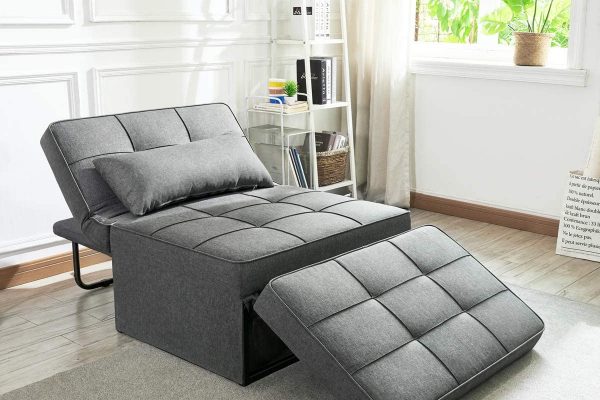

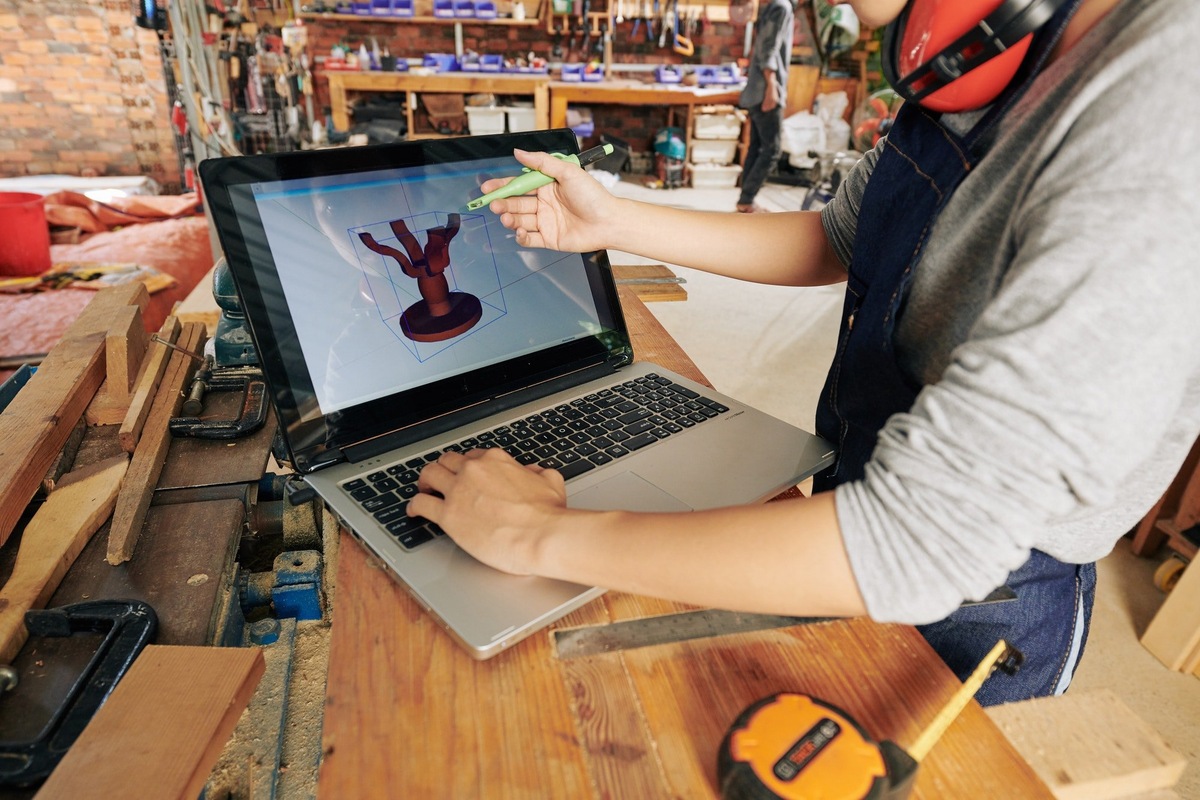



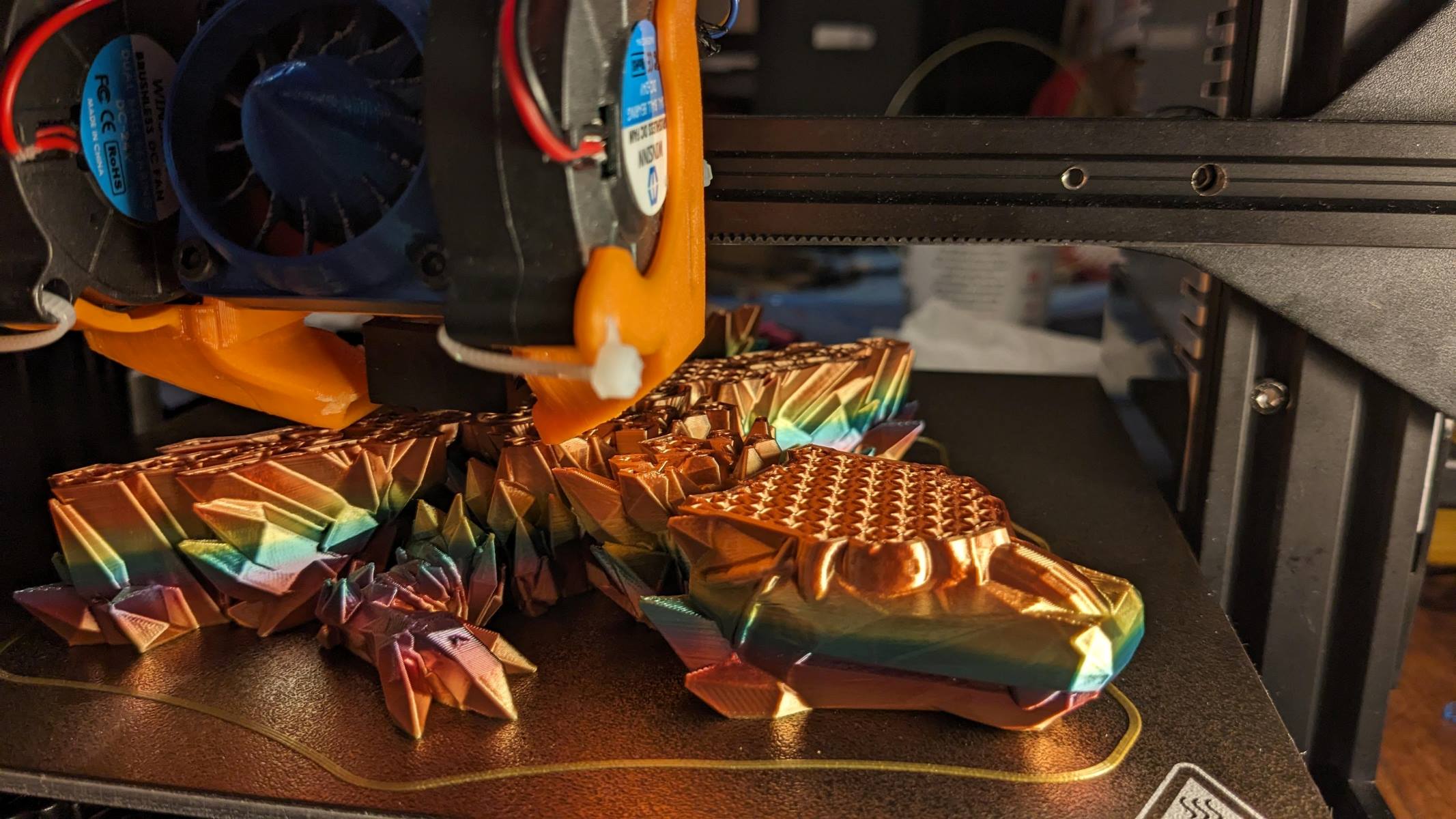


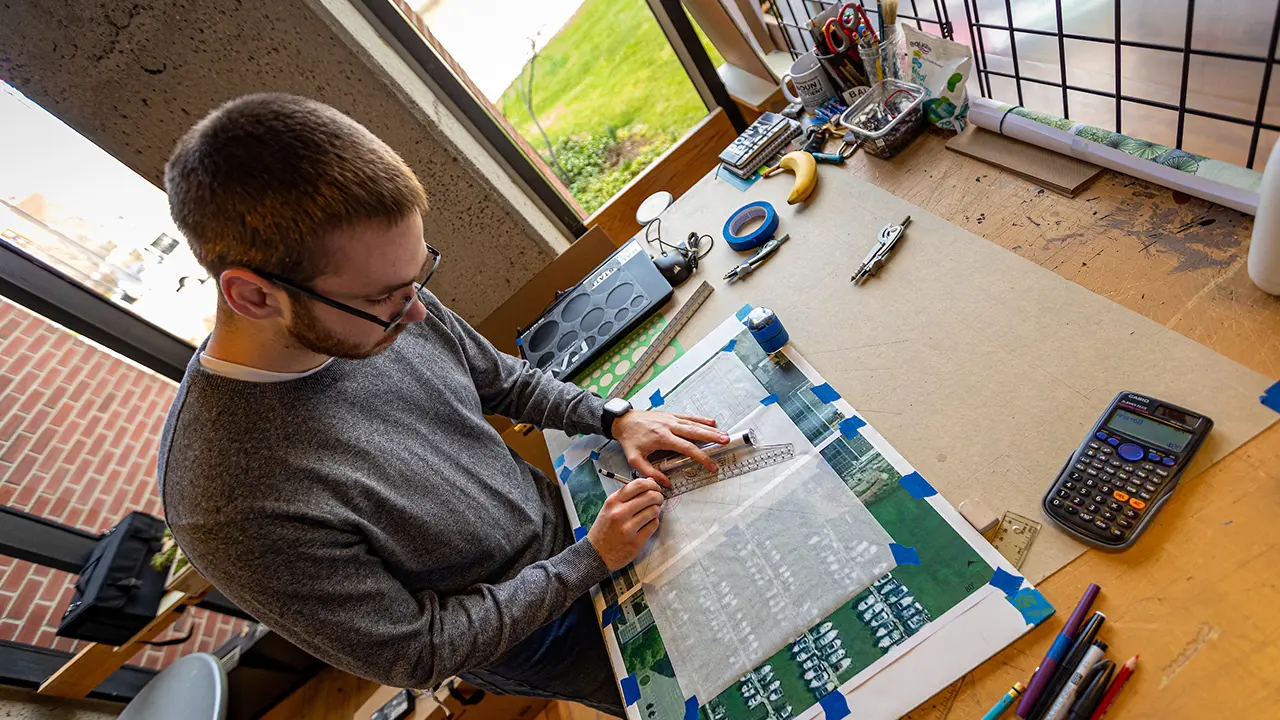



0 thoughts on “How To Make Money Flipping Furniture”